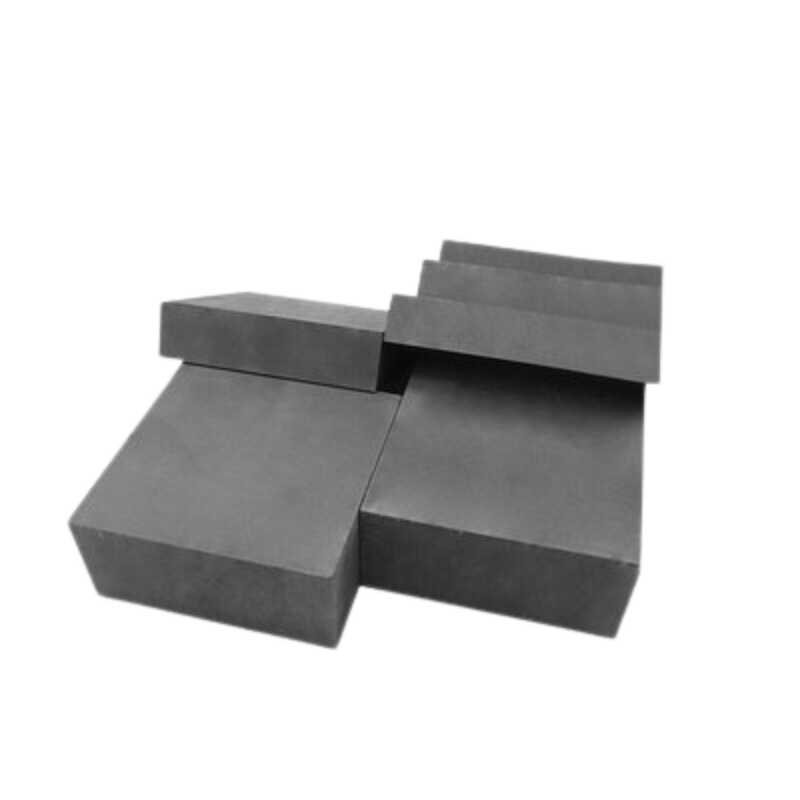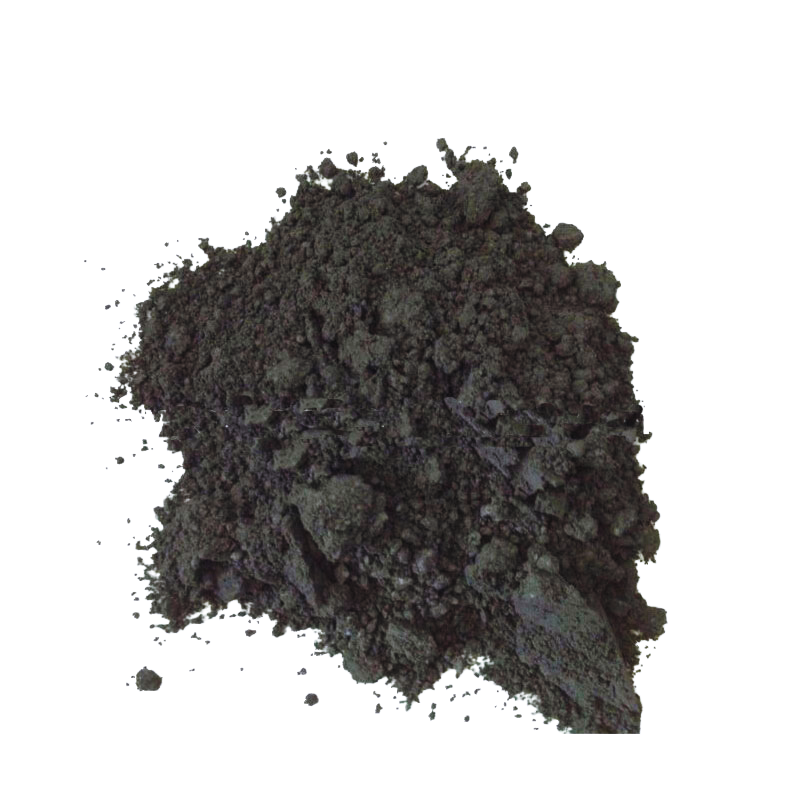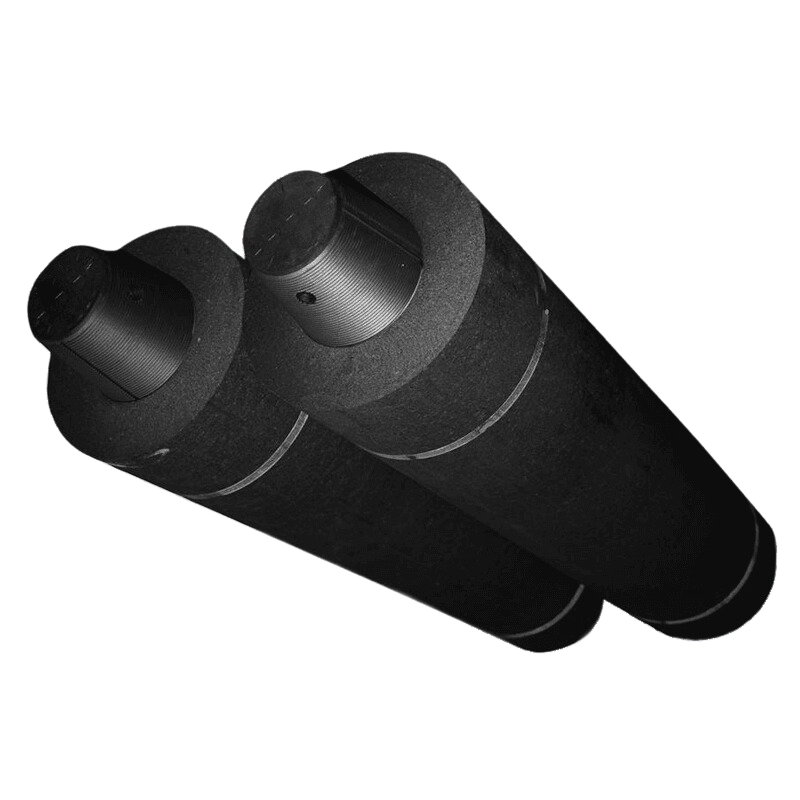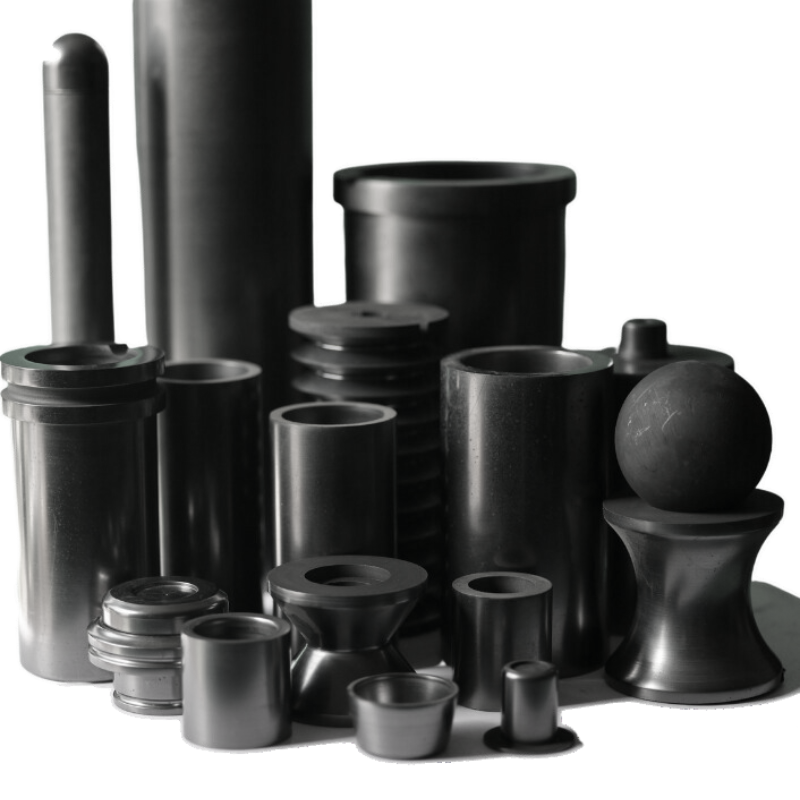Graphite electrodes and carbon rods are both made of carbon materials, but they have some differences in terms of usage, preparation methods, and characteristics.
1.Usage:
Graphite electrodes: Primarily used in electrochemical applications such as electrolytic cells, aluminum electrolysis, lithium manganese dioxide electrolysis, etc. Graphite electrodes are typically employed in high-temperature and high-current density environments due to their good stability at high temperatures and with high currents.
Carbon rods: Can be used for various purposes, including art brushes, preparation of carbides, batteries, etc. The preparation methods and applications of carbon rods are more flexible and can be adjusted according to specific needs.
2.Preparation methods:
Graphite electrodes:Typically prepared through a high-temperature graphitization process, where carbon materials are crystallized at high temperatures to form a highly ordered graphite structure, enhancing conductivity.
Carbon rods: The preparation methods are relatively simple, often involving the thermal decomposition of carbides or graphitization, but a highly ordered structure may not necessarily be required.
3.Characteristics:
Graphite electrodes:Possess high conductivity, high-temperature resistance, and good chemical stability, making them suitable for high-temperature and high-current density environments.
Carbon rods: Characteristics are more flexible and can be adjusted based on specific preparation methods and application requirements, resulting in variations in conductivity and other properties.
In summary, graphite electrodes are more focused on high-performance electrochemical applications, while carbon rods may find broader applications, including some artistic and laboratory uses.





